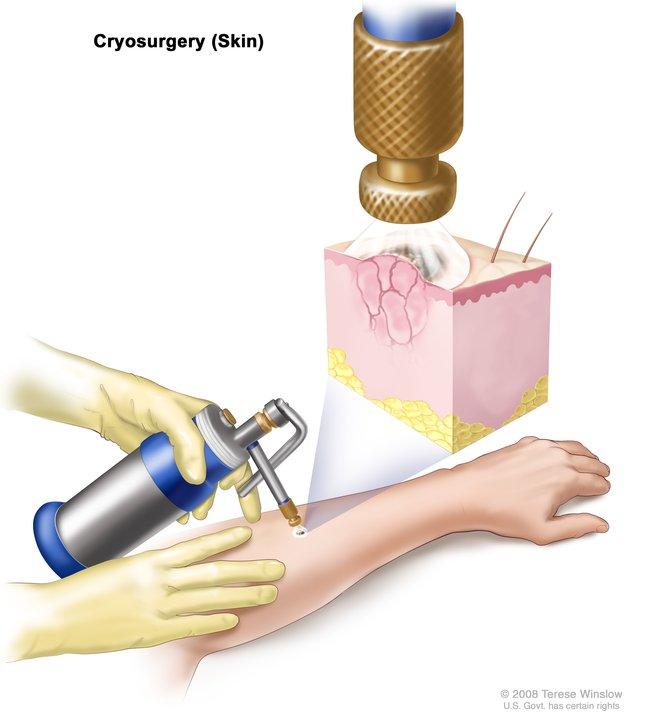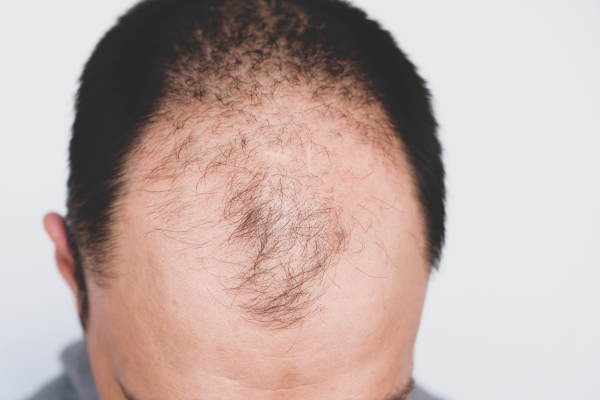Vitiligo Surgery
Vitiligo is a commonly seen skin disease that causes the skin to lose its pigmentation and colour. This condition makes your skin appear light in colour or white as compared to its natural colour. The areas on the skin that lose their pigmentation and are less than 1 centimetre wide are called macules and the ones that are larger than 1 centimetre are called patches. If you have vitiligo on the skin area that has hair, the hair may also turn white or light in colour.
Vitiligo occurs when your immune system starts to destroy melanocytes. Melanocytes are responsible for producing melanin. Melanin gives our skin its natural colour and pigmentation.
Vitiligo affects all types of races and sexes. This skin condition is visible among people who have darker skin tones. Vitiligo can develop at any age but mostly it becomes apparent before the age of 30.
A person may be at a higher risk of having vitiligo if he/she is going through any of the given autoimmune conditions:
- Psoriasis.
- Rheumatoid arthritis.
- Diabetes (Type 1).
- Thyroid disease.
- Lupus.
- Anaemia.
- Addison’s disease.
In most cases, vitiligo starts with some small macules or patches that keep on spreading all over the body. It starts with the forearms, feet, hands, and face, and can spread to any part of the body.
The amount of skin affected depends from person to person. Some people experience loss of whole skin colour and some people experience some depigmented skin areas.
Below is a small description of different types of vitiligo:
- Generalised: This is the most commonly seen type of vitiligo. It causes the appearance of macules in various places of the body.
- Segmental: This type of vitiligo usually affects only one side of your body or a specific area, such as your face or hands.
- Mucosal: Mucosal vitiligo affects the mucous membranes of your genitals or mouth.
- Focal: In this condition, the macules start developing in a small area. It doesn't spread in any certain pattern within the period one to two years.
- Trichome: This type of vitiligo is responsible for causing a bullseye with a colourless or white centre.
- Universal: This is a very rare type of vitiligo. It causes more than 80% of the skin to lose its pigmentation.
According to some research vitiligo can be caused due to given below reasons:
- Any autoimmune condition: In an autoimmune condition, your immune system mistakes melanocytes i.e. healthy cells, as harmful foreign invaders like viruses or bacteria. This is responsible for making your immune system develop antibodies for destruction of melanocytes.
- Genetic changes: A genetic mutation or a change to the DNA of your body can disturb the functioning of melanocyte cells.
- Stress: The amount of pigmentation that is produced by your melanocyte cells may change if you experience emotional or physical stress frequently.
- Environmental triggers: Ultraviolet radiation or exposure to toxic chemicals can hinder your melanocyte cells' functioning.
Given below are some necessary questions that you should ask your doctor at Delhi Skin Hospital regarding your treatment options for vitiligo surgery:
- What is the type of vitiligo you are suffering from?
- Will your skin get the lost pigmentation back?
- How can you protect yourself from exposure to the sun?
- What type of treatment options will suit your skin?
- Will your future generations inherit any type of skin condition?
You should contact your healthcare provider at Delhi Skin Hospital in the following conditions:
- Your skin is losing its pigmentation or colour very quickly.
- Depigmentation is spreading to a larger part of the body.
- The changes happening to your skin are affecting your mental health as well as well-being.
You can reduce the risk of developing any type of vitiligo by following the below practises:
- Make sure to practise safe sun ray exposure habits.
- Take care of your skin by applying a moisturiser regularly.
- Make sure to avoid stress on your body.
- Try to manage your autoimmune conditions.
It is not necessary to get treatment for vitiligo. This condition is not at all harmful to your body and is only cosmetic. If it is affecting your mental health and emotional well-being, you can contact your healthcare provider at Delhi Skin Hospital and look for a suitable treatment option for your skin type.
Commonly used treatments at Delhi Skin Hospital for vitiligo include:
- Medications.
- Counselling
- Depigmentation therapy.
- Surgery.
- Light therapy.
Book your appointment today and get the best vitiligo surgery in Sirsa, Haryana.
Book Your Free Consultation Now
Other Treatment
-
Cryosurgery
Cryosurgery is a type of surgery that involves the use of extreme cold to destroy abnormal tissues, such as tumors.
-
Lipoma Treatment
A lipoma is a lump of fatty tissue that grows just under the skin. Lipomas move easily when you touch them and feel rubbery, not hard.
-
Male Patterned Baldness
Male pattern baldness is the most common type of hair loss in men.
Gallery









